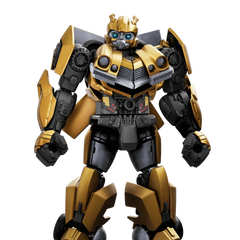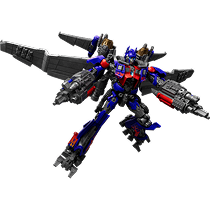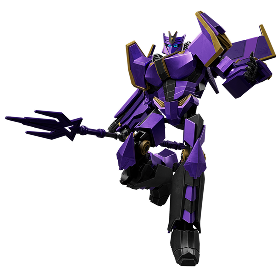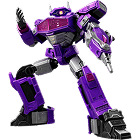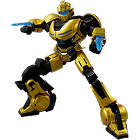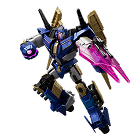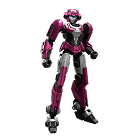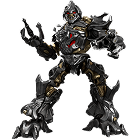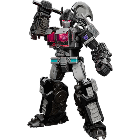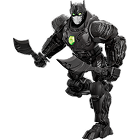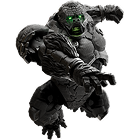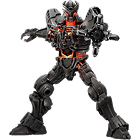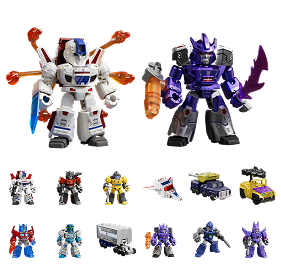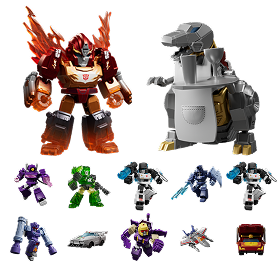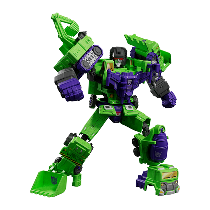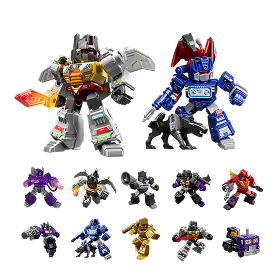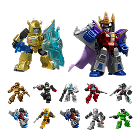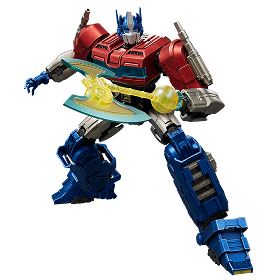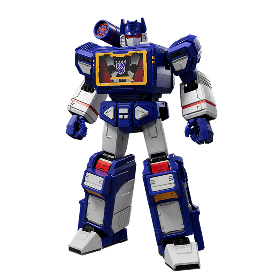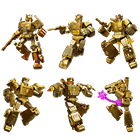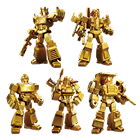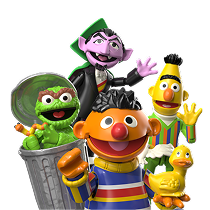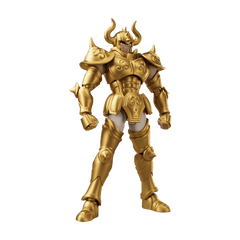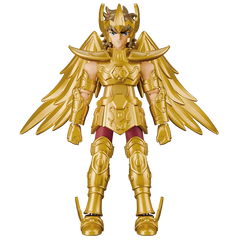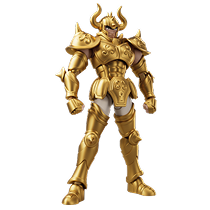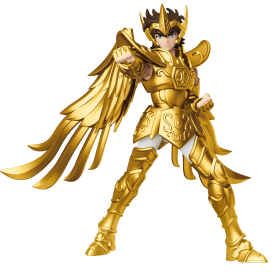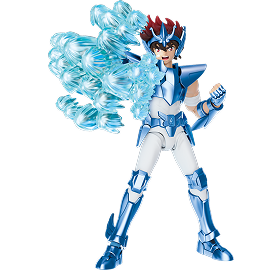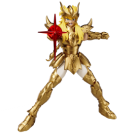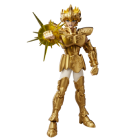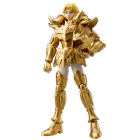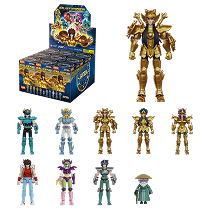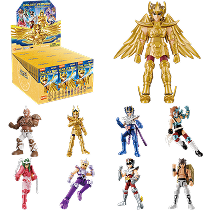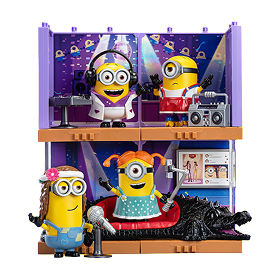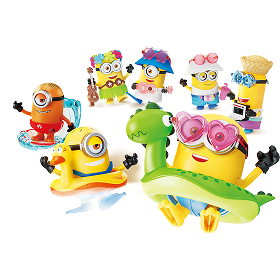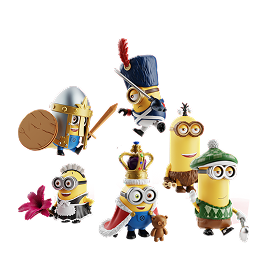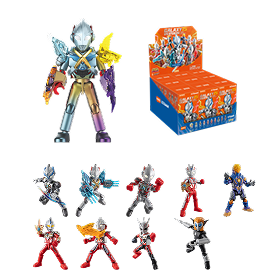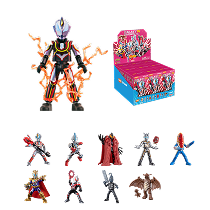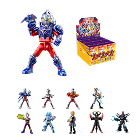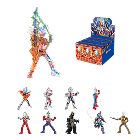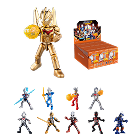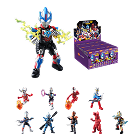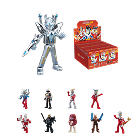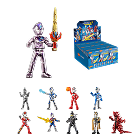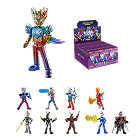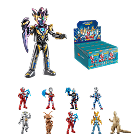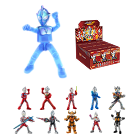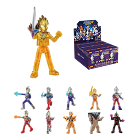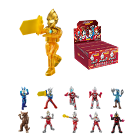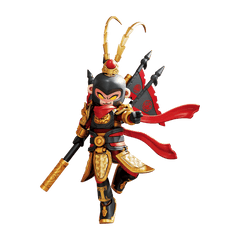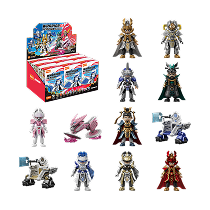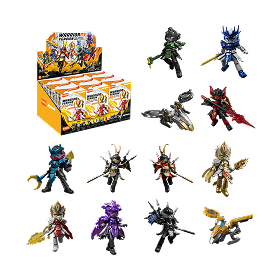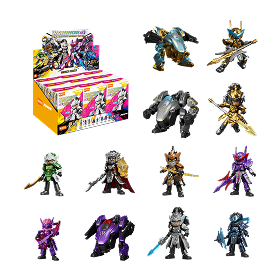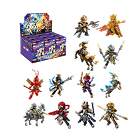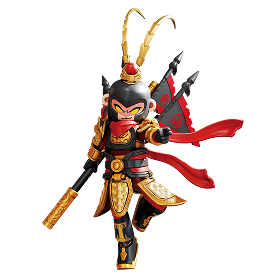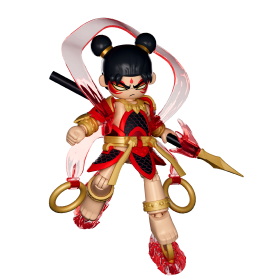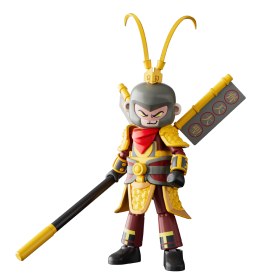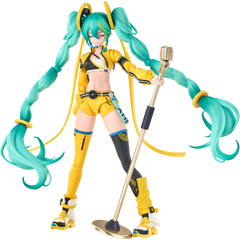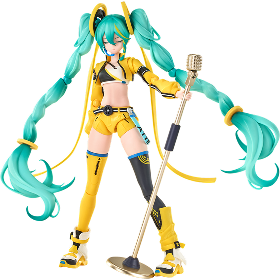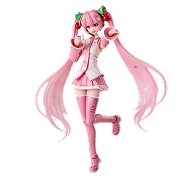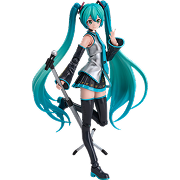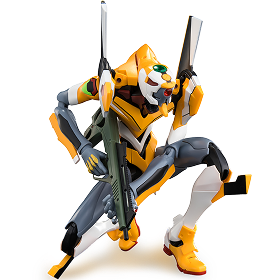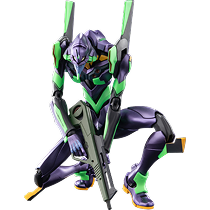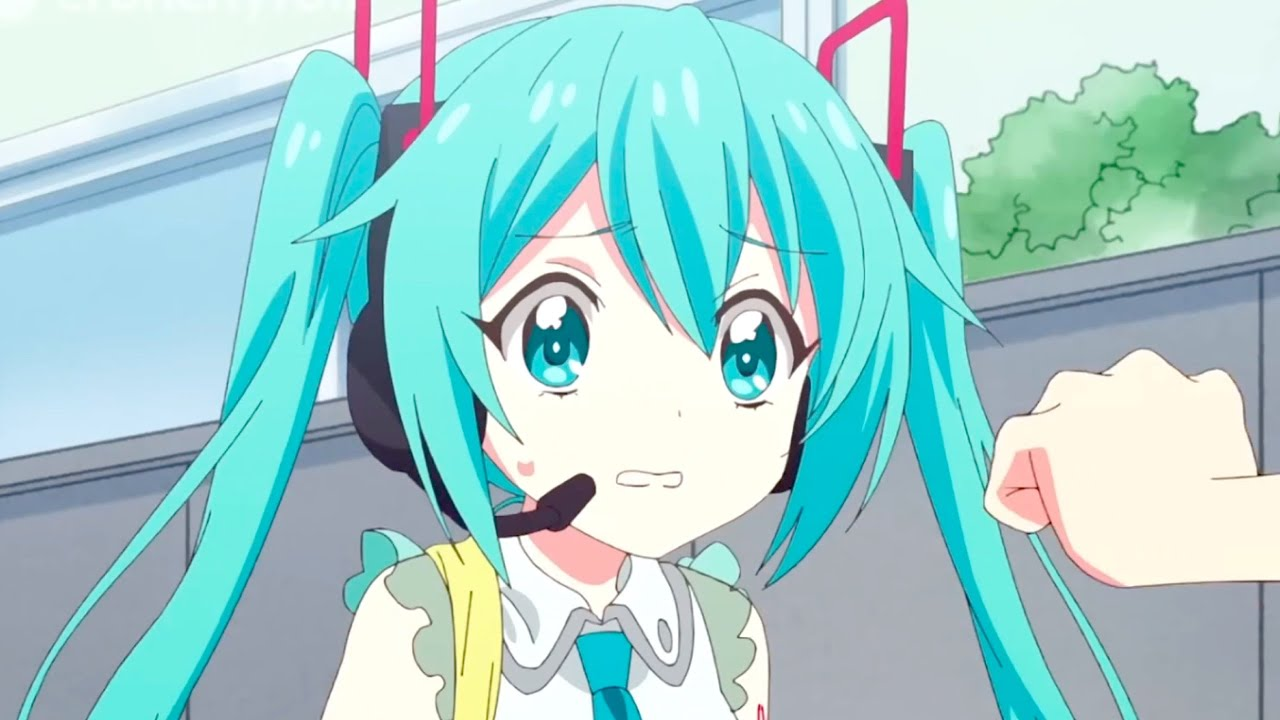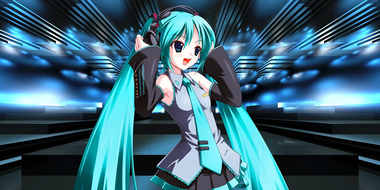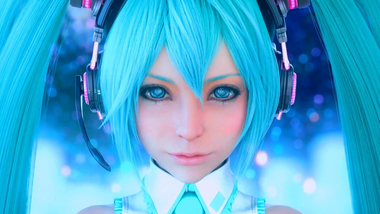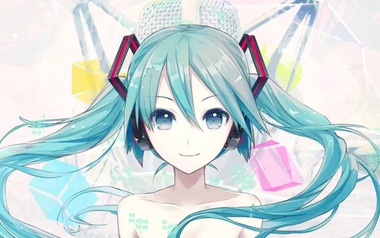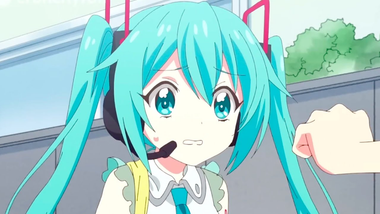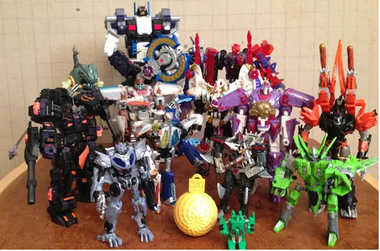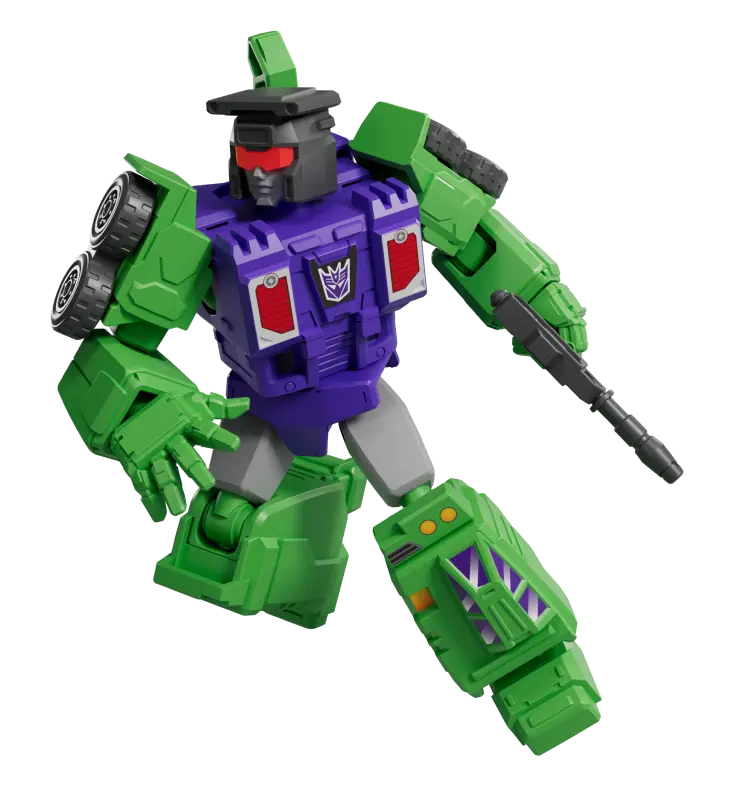Fans often ask, “What anime is Miku from?” or “What anime is Hatsune Miku from?” The answer might surprise you: Hatsune Miku is not originally from any anime.
She is a virtual pop star created as a Vocaloid software voice bank by Crypton Future Media in 2007. However, due to her popularity, Miku has made appearances in various anime series, films, and video games. This article explores her origins, anime appearances, and related characters.
Who is Hatsune Miku?
Hatsune Miku (初音ミク) is a digital persona and Vocaloid singer, not a character from a traditional anime. The name “Hatsune Miku” means “first sound from the future”, emphasizing her identity as a virtual singer. She has inspired millions of songs worldwide thanks to the Vocaloid software, which allows users to create music using her synthesized voice.
Key Facts About Hatsune Miku:
- Created by: Crypton Future Media
- Debut: August 31, 2007
- Voice: Sampled from voice actress Saki Fujita
- Role: Virtual pop idol
- Medium: Vocaloid software, concerts, music videos, and cameo appearances
While Miku has a distinctly anime-style design, she originated as a software mascot, not as a story-based anime character.
Is Hatsune Miku From Any Anime?

The short answer: No, Hatsune Miku is not from an anime.
However, she has appeared in several anime adaptations and cameo roles due to her popularity:
Notable Anime Cameos:
- Dropkick on My Devil! – Miku is seen in a cameo shopping scene with her signature leek.
- Zoku Sayonara Zetsubou Sensei – Featured in a brief parody segment.
- Black★Rock Shooter – While not the same character, her design inspired similar anime-styled characters.
- Himouto! Umaru-Chan – Appears as part of fan culture references in the show.
Anime Featuring Characters Named Miku:
- Miku Nakano – Main character in Quintessential Quintuplets (5-toubun no Hanayome). She shares the same name but is a different character entirely.
- Miku in Shinkansen Henkei Robo Shinkalion – A recurring character inspired by Vocaloid Miku.
These appearances have contributed to the common misconception that Hatsune Miku originates from an anime.
Why People Think Miku is from Anime
Several factors contribute to the confusion:
- Anime-style design – Miku’s art style, large eyes, and colorful hair mimic traditional anime aesthetics.
- Japanese pop culture integration – Miku appears in video games, music videos, and stage performances similar to anime idols.
- Cameos in anime – She has appeared as a character or easter egg in many anime series.
- Fan interpretations – Many fan works depict her in anime storylines, further blurring the lines.
Hatsune Miku in Media Beyond Anime

Though she’s not from an anime, Miku’s influence spans multiple forms of media:
1. Music and Concerts
- Holographic concerts worldwide, performing live as a virtual pop star
- Iconic songs like “World is Mine” and “Tell Your World”
2. Video Games
- Project Diva series – Rhythm games featuring Miku
- Project Sekai: Colorful Stage! Feat. Hatsune Miku – Mobile and console game with story-driven content
3. Manga and Film
- Maker Hikōshiki Hatsune Mix – A manga series based on her Vocaloid persona
- Magical Mirai – A 3D concert film blending animation and real-life footage
How Hatsune Miku Differs from Traditional Anime Characters
Unlike anime characters, Miku:
- Does not have a linear story – Her songs and visuals are user-generated.
- Exists as a software mascot – Her character is tied to Vocaloid, not a manga or TV series.
- Has multiple interpretations – Fans can create their own stories, outfits, and personalities.
This flexibility is why she is so beloved and why people often mistake her for a traditional anime character.
Why Miku Has Inspired Anime Adaptations

Despite not originating in anime, her popularity has led to multiple adaptations and collaborations:
- Anime-style concerts and short films
- Cameos in popular series and references in manga
- Crossovers in video games and mobile apps
These media appearances often blend anime aesthetics with her virtual persona, creating the illusion that she is “from anime.”
Other Characters Named Miku
Fans should note that “Miku” is a common Japanese name. Other notable characters include:
- Miku Nakano – Quintessential Quintuplets
- Miku in Shinkalion – Inspired by Vocaloid but part of a mecha anime universe
- Metal Fighter Miku – An anime series from 1994 featuring a completely different Miku
Each is distinct from Hatsune Miku, the Vocaloid software character.
Frequently Asked Questions
What anime is Hatsune Miku from?
Hatsune Miku is not from any anime, though she has appeared in cameo roles in various shows.
Is Hatsune Miku a real person?
No. She is a virtual singer and software character.
Has Hatsune Miku ever had her own anime?
While she inspired films and music video adaptations, she does not have a traditional serialized anime yet.
What is Miku’s origin?
Created in 2007 by Crypton Future Media, Hatsune Miku was designed as a voice bank for music production using the Vocaloid software.
Can you watch Miku in anime?
Yes, she has cameo appearances in several series, like Dropkick on My Devil! and Shinkalion.
Conclusion
To answer the question clearly: Hatsune Miku is not from an anime. She is a virtual idol created for the Vocaloid software, whose anime-style design and cultural impact have led to cameos and adaptations in animation, manga, and video games.
Understanding her origins helps fans appreciate Miku as a global virtual pop icon, rather than a character confined to a single anime series.
For merchandise, fan collections, or related figures, explore products available at Blokees.






